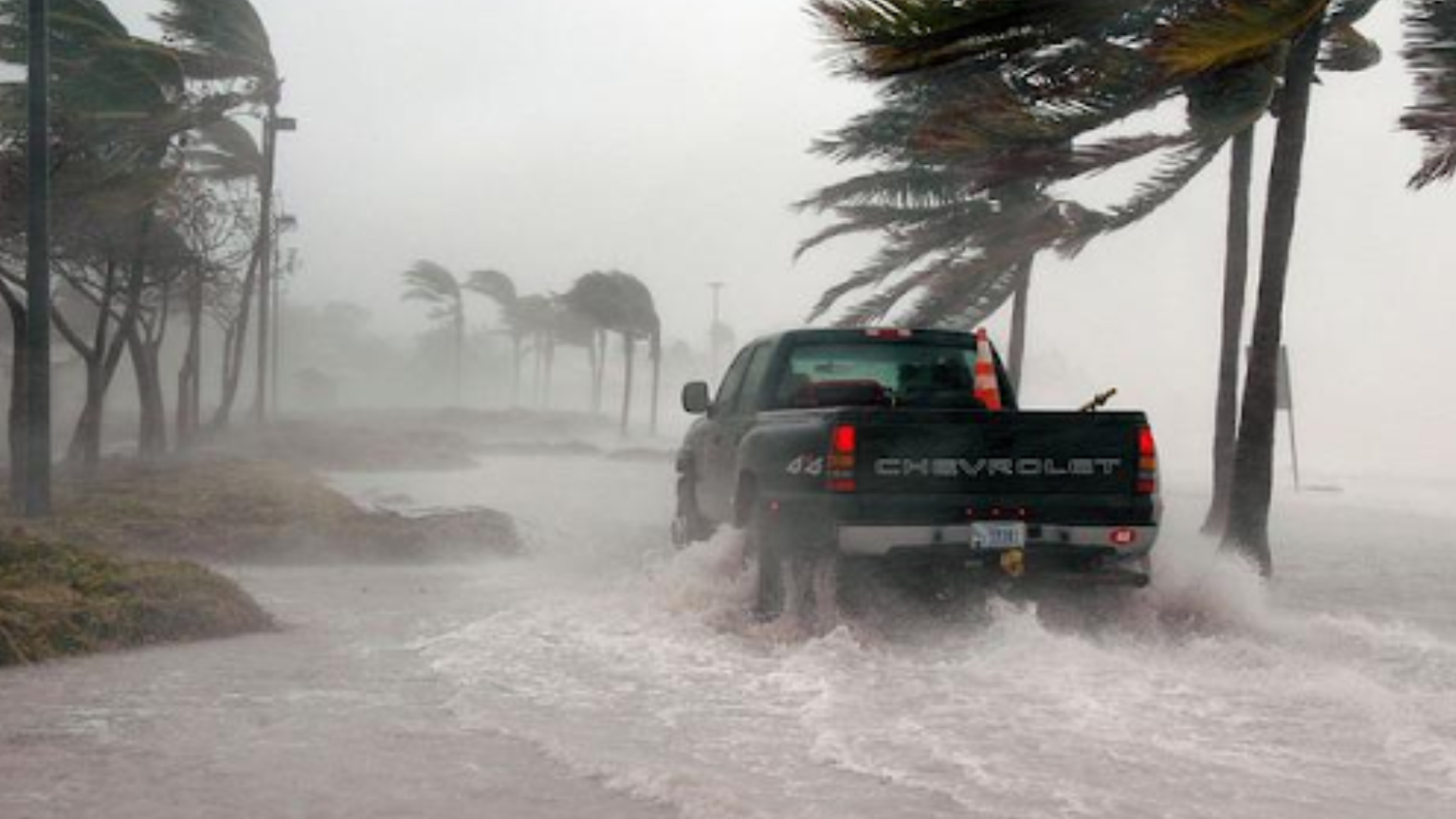
The Atlantic hurricane season starts on June 1, and the Gulf of Mexico is already warmer than average. Even more worrying is a current of warm tropical water that is looping unusually far into the Gulf for this time of year, with the power to turn tropical storms into monster hurricanes. So what can we expect this year?
Forecasters at NOAA’s Climate Prediction Center, a division of the National Weather Service, are predicting above-average hurricane activity this year — which would make it the seventh consecutive above-average hurricane season. NOAA’s outlook for the 2022 Atlantic hurricane season, which extends from June 1 to November 30, predicts a 65% chance of an above-normal season, a 25% chance of a near-normal season and a 10% chance of a below-normal season.
For the 2022 hurricane season, NOAA is forecasting a likely range of 14 to 21 named storms (winds of 39 mph or higher), of which 6 to 10 could become hurricanes (winds of 74 mph or higher), including 3 to 6 major hurricanes (category 3, 4 or 5; with winds of 111 mph or higher). NOAA provides these ranges with a 70% confidence.
Of course having proper coverage is most important, but here are some things you can do to protect yourself and your home or business before severe weather.
1. Know your evacuation routes: When appropriate, local officials will provide information about evacuation routes through the media. But these routes are typically available at any time online. It’s a good idea to be familiar with these routes before a storm hits so you know where to go.
2. Keep your car fueled up: Don’t wait until it’s time to evacuate to realize you don’t have enough gas. Gas stations will often be closed during emergencies, and the pumps won’t work if there’s a power outage. Be sure to have at least a half tank of gas at all times.
3. Keep the landscaping in check: Well-trimmed trees and shrubbery are more wind resistant. And that means they’re less likely to become flying battering rams in a storm.
4. Have materials ready to board up your windows: Storm shutters offer the best protection, but if you don’t have them, 5/8 inch marine plywood is a good alternative. Cut these boards to fit in advance, and keep them at the ready so you can use them when it’s time. Check out this website for instructions on how to properly board up your house.
5. Make an emergency kit: In the event of a severe storm, you might have to wait for days before help arrives. Have enough food, water, and basic supplies to last at least 72 hours.
But, of course – having the proper coverage is the MOST important! Check with your agent to make sure you are properly covered.
Cassandra Dalmas is a licensed insurance agent in the state of Pennsylvania and is the VP of Business Development for Central Penn Insurance and Franklin Flood.

About Cassie Dalmas
Cassie Dalmas is a licensed insurance agent in the state of Pennsylvania and is the VP of Business Development for Central Penn Insurance and Franklin Flood.
If you want to reach out to Cassie Dalmas (Field 1 Post Trusted Small Business Partner), please contact her by clicking here.
Need More Information?
If you’re looking to promote your business online, digital marketing is the way to go! Contact us today to learn more about our digital marketing services and how we can help your business grow.
If you would like more information about this topic or have questions about any of our services, please be sure to contact us. We would love to help.
